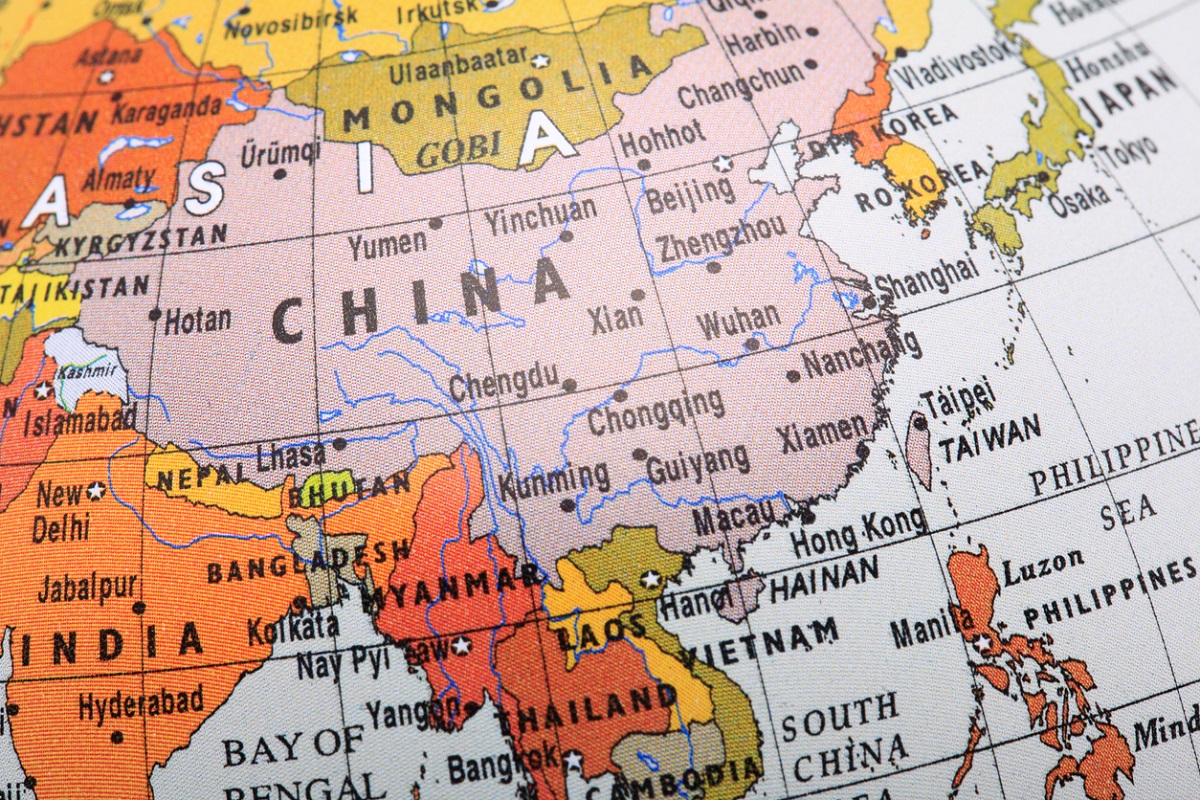India’s Look-East Policy has recently been transformed to the Act East policy (AEP) under the leadership of Prime Minister Narendra Modi. He made the announcement at the East Asia Summit in 2014) focussing on further improvement of India’s relations with the ASEAN and the East Asian countries through commerce, culture and connectivity.
He also pledged to eliminate the insurgency problem in the region, opening it up to South-east Asia. It marked a paradigm shift in India’s policy towards the Look East and LEP thus acquired a new dimension. The AEP seeks to overcome geographical hurdles in order to strengthen direct links of the insurgency-hit northeast with the rest of India as well as to use the geographical and cultural advantages that the region offers thanks to its proximity with the neighbouring countries in the East.
Advertisement
The only problem is that of security which the Modi government is trying to address. The initiative of the Government especially for the development of the north-east, named Vision 2020, is worth mentioning. It aims at the achievement of 13 per cent annual growth rate of GDP. In order to accomplish higher development in this region, the Centre is promoting border trade and infrastructure under the Vision 2020, notably the India-Myanmar rail linkage and the trilateral highway project between India, Thailand, and Myanmar.
The AEP is meant to be a roadmap for a new policy towards the region that would respond to major paradigm shifts taking place in countries such as Myanmar where there has been a transition towards democracy and return to electoral politics after decades of military rule. Aiming at strengthening the relationship further with South-east Asian neighbours by improving connectivity with the region, positive steps are being taken in this direction.
In 2015, India and Cambodia signed a memorandum of understanding to boost bilateral cooperation in tourism and for projects under the Mekong Ganga Cooperation (MGC) initiative. This is of particular relevance since the MGC has hitherto been ineffective as a sub-regional grouping. To consolidate the cooperation, the leaders of ASEAN and India initiated the Plan of Action in Kuala Lumpur (2015) to put into operation the ASEAN-India Partnership for Peace, Progress and Shared Prosperity.
This plan of action comprises three broad areas ~ political and security cooperation, economic cooperation, and socio-cultural cooperation. The ASEAN countries have welcomed India’s AEP and noted that the initiatives could complement ASEAN’s community building efforts. In the ASEAN-India Commemorative Summit held in New Delhi in 2018, India emphasized the need for mutual understanding and cooperation with a view to achieving security, and economic development between India and ASEAN and stressed the need to broaden the network between government institutions, parliamentarians, business circles, scientists, academics, youth and other stakeholders.
Looking beyond South-east Asia, the AEP aims also at promoting economic cooperation, cultural ties and strategic relationship with countries in the Asia-Pacific region through continuous engagement at bilateral, regional and multilateral levels. Narendra Modi has also laid stress on the importance of trade and investment in enhancing prosperity and security in the Indo-Pacific region. Trade between India and ASEAN has already increased and it was over $ 81 billion in 2017-18, constituting 10 per cent of India’s total trade.
India has upgraded its relations to a strategic partnership with Indonesia, Malaysia, Japan, the Republic of Korea, Australia, Singapore and ASEAN India and ASEAN are concerned over the maritime environment in Asia-Pacific and are keen to prevent the region from becoming the battlefield for belligerent powers. In the security domain, both are committed to support efforts to safeguard the freedom of commerce and navigation. India has often stated that its maritime interests are to safeguard ‘vital national interests’ and maintain a ‘secure environment’.
The Prime Minister spoke of the South China Sea at the ninth East Asia Summit (2014), when he stated, ‘In a world of interdependence and globalisation, there is no option but to follow international laws and norms. This also applies to maritime security. For this reason, following international law and norms is important for peace and stability in the South China Sea.’ The government’s ‘neighbourhood first’ approach is regarded as a crucial factor in the Act East Policy. After taking over as Prime Minister, Mr Modi first visited Bhutan.
This confirmed that ‘neighborhood first’ is integral to India’s foreign policy. The invitation of Bangladesh, Myanmar, Sri Lanka, Thailand, Nepal and Bhutan to the new government’s swearing-in ceremony may be considered as a step to reinforce the ‘neighbourhood first’ policy and to blend it with the Act East Policy.
The AEP has thus addressed the geo-strategic environment, the threat to maritime security and the need for a balance of power especially with China’s emergence as a major Asian power in the context of close connectivity and cohesion amongst the nations in this region.
ASEAN or the Asia Pacific region may encounter new challenges at any time with the changes of economic and political conditions at the international level and also with the changes in the balance of power. But the message of maintaining peace and harmony and cooperation among the nations in this region, as enunciated in the Act East Policy, would surely be effective in evolving a suitable response to the fresh challenges.
The AEP thus values India’s East instead of always looking towards the West and engages in strengthening ties with our eastern neighbours.
(Concluded)
(The writer is Professor of History, University of Burdwan)









